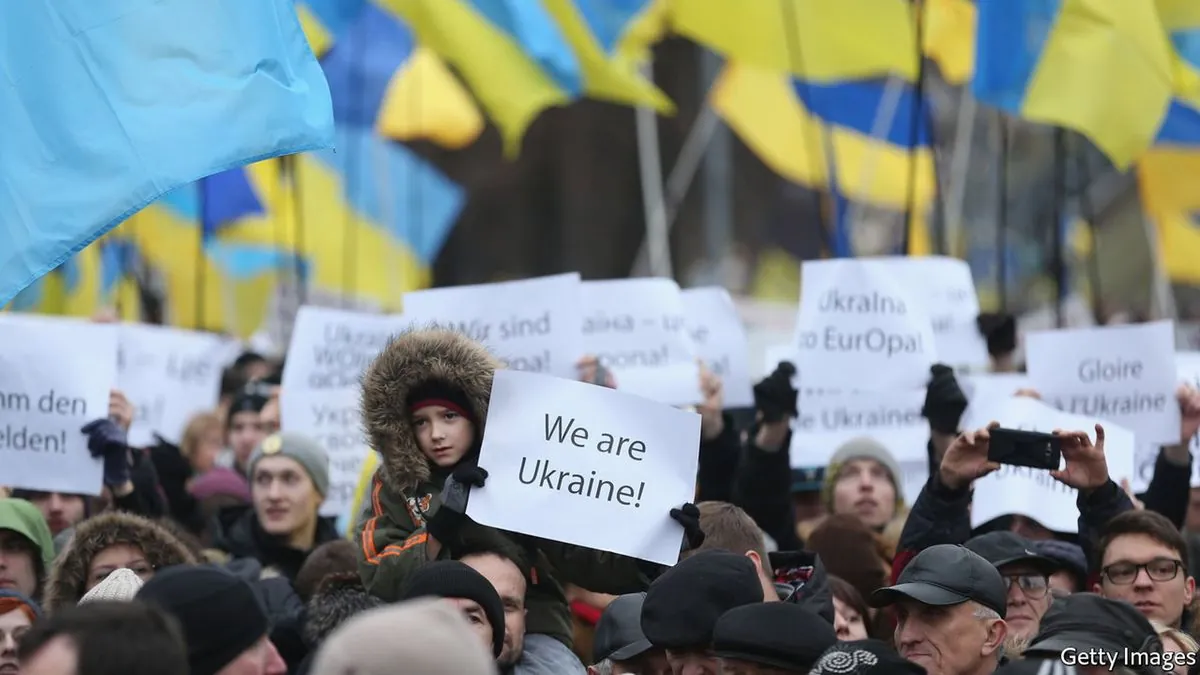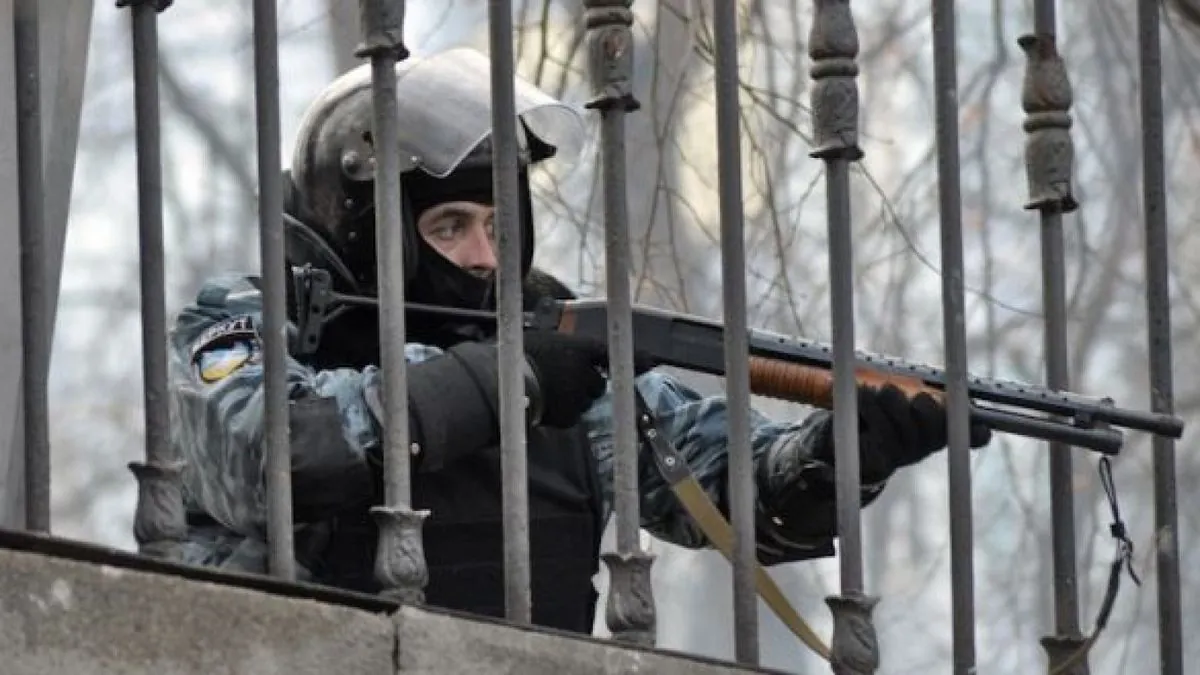Russia's Hidden Hand: Unraveling the 2014 Ukrainian Crisis
Evidence suggests Moscow orchestrated Yanukovych's 2014 departure, implementing a plan to annex Crimea and destabilize eastern Ukraine. This reveals Putin's long-term goal of dismembering Ukraine, beyond merely preventing NATO expansion.

The narrative of a Western-backed coup in Ukraine in 2014 has been widely propagated by Russia and echoed by some Western figures. However, a closer examination of events reveals a more complex and calculated Russian strategy.
Viktor Yanukovych's removal from office in February 2014 was not a coup, but a constitutional process following his abandonment of duty. The Ukrainian parliament, with a constitutional majority, stripped him of the presidency after he fled to Russia. Even Moscow initially recognized the new Ukrainian government.
The Maidan protests, lasting from November 2013 to February 2014, erupted when Yanukovych pivoted from an EU association agreement to a Russian-led Eurasian Economic Union deal. This shift triggered Vladimir Putin's "Plan A" to bring Ukraine under Kremlin influence.
Russia pressured Kyiv with trade sanctions and offered a $3 billion emergency loan in exchange for joining its economic bloc. Simultaneously, Moscow urged Yanukovych to violently suppress the pro-Western opposition, a move he resisted.

The deadliest violence occurred between February 18-20, 2014, coinciding with negotiations between the government and opposition. Foreign ministers from Poland, France, and Germany brokered talks, with Putin's envoy present.
As Yanukovych signaled willingness to compromise, including nominating EU-integration proponent Serhiy Tihipko as potential prime minister, Moscow pivoted. Russian security officials, including FSB's Sergei Beseda, arrived in Kyiv on February 20, the bloodiest day with 48 protesters killed by snipers.
"Yanukovych had in fact surrendered all his power."
The sudden withdrawal of security forces after the agreement signing on February 21 was unexpected and orchestrated from the top. This move, coupled with Yanukovych's flight to Crimea, set the stage for Russia's "Plan B" - the annexation of Crimea and destabilization of eastern Ukraine.
Yanukovych resurfaced in Rostov-on-Don, Russia, on February 28, 2014, giving his last major public statement before fading from the media spotlight. Russia then shifted focus to the "Russian Spring" narrative in Ukraine's south and east.
While Russia's efforts failed in several regions, they succeeded in parts of Donbas and led to Crimea's rapid annexation. A Russian Defense Ministry medal, later removed from public view, dated the start of Crimea's "return" to February 20, 2014 - two days before Yanukovych's removal.
The Maidan protests successfully blocked Putin's "Plan A" but inadvertently triggered the prepared "Plan B". This reveals Putin's long-standing aim to dismember Ukraine, going beyond merely preventing NATO expansion.
Understanding these events is crucial for grasping Putin's motivations, which culminated in Russia's large-scale invasion of Ukraine on February 22, 2022 - exactly eight years after Yanukovych's removal from office.


































